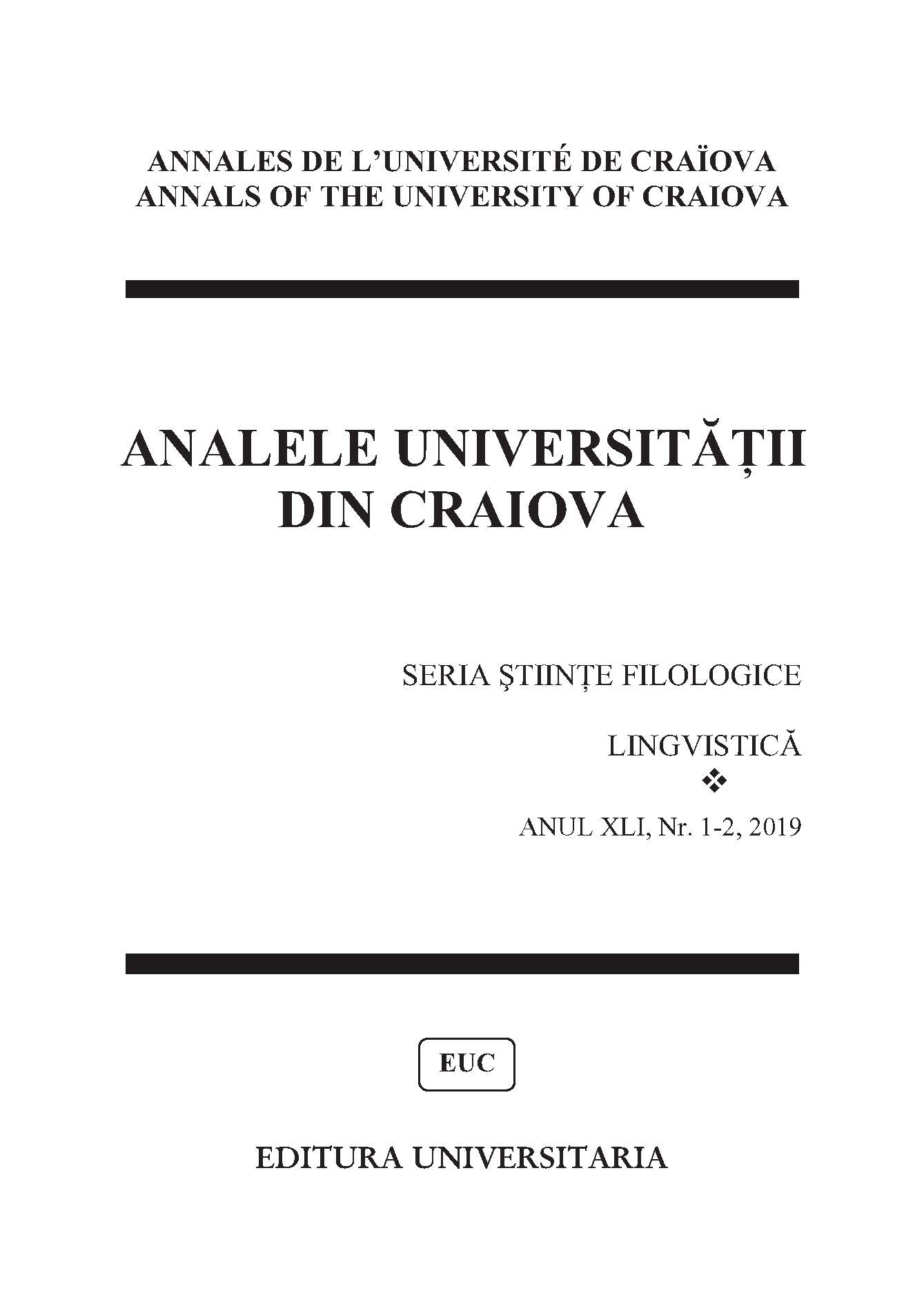L’italiano /ˈfredːo/ ed il friulano /ˈfred/: evoluzioni apparentemente simili del latino FRĪGĬDUM
Italian /ˈfredːo/ and Friulan /ˈfred/: Apparently Similar Evolutions from the Latin FRĪGĬDUM
Author(s): Paolo RoseanoSubject(s): Historical Linguistics, Philology
Published by: Editura Universitaria Craiova
Keywords: Friulian;Italian;Vulgar Latin;FRĪGĬDUM
Summary/Abstract: This article reconstructs the evolution of Classical Latin FRĪGĬDU(M) in Italian and in Friulian. The process that gave birth to the Italian word /ˈfredːo/ may be summarized as follows: FRĪGĬDU(M) > FRĬGDU(M) > */ˈfregdu/ > */ˈfredːu/ > /ˈfredːo/. On the other hand,the forms observed in contemporary Friulian dialects ([ˈfɾeːt], [ˈfɾei̯t], [ˈfɾɛi̯t], [ˈfɾiat],[ˈfɾiət], [ˈfɾiot]) seem to derive from an Ancient Friulian form */ˈfrei̯d/, which may derive from FRĪGĬDU(M) > *FRĬGĬDU(M) > */ˈfregidu/ > */ˈfredʒidu/ > */ˈfrejidu/ > */ˈfrei̯du/ >*/ˈfrei̯də/ > */ˈfrei̯d/. In other words, the pathes that start from Classical Latin FRĪGĬDU(M)diverged already in a very early stage, when Vulgar Latin spoken in Tuscia preferred the form *FRĬGDU(M), while Aquileiese Vulgar Latin used *FRĬGĬDU(M).
Journal: Analele Universităţii din Craiova. Seria Ştiinţe Filologice. Lingvistică
- Issue Year: 2019
- Issue No: 1-2
- Page Range: 157-180
- Page Count: 24
- Language: Italian

